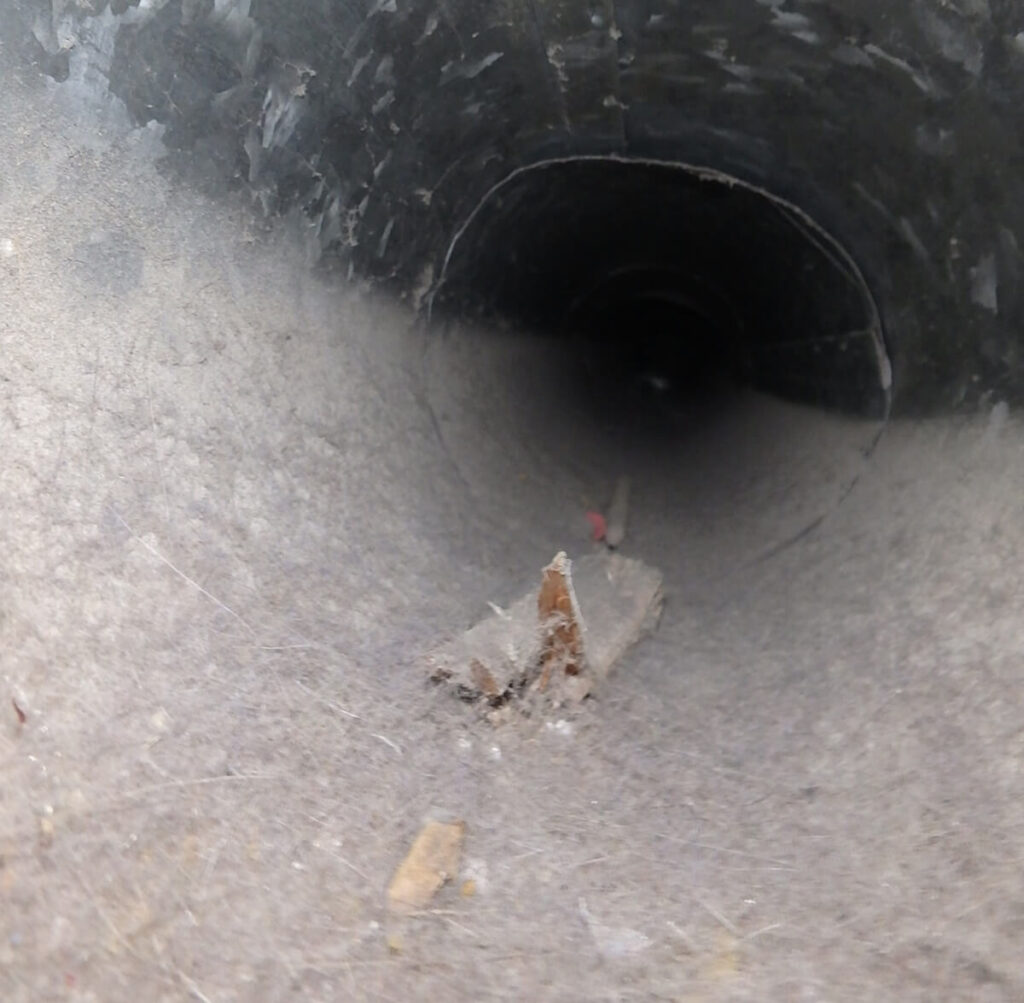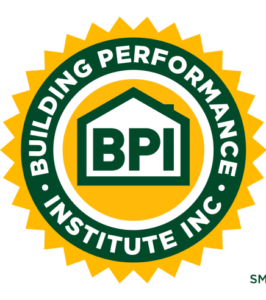Your home’s air quality should be better than outside.
Ventilation's Effect on Air Quality
A typical bay area home has almost no ventilation. Most homes only have bath and hood fans, but because they usually produce more noise than ventilation, they don’t get used much.
We’ve measured thousands of these ventilation systems, and they are almost always underperforming, which prevents the air in your home from being replaced with fresh, filtered air. Over time, this causes a build up of pollutants and low oxygen levels.
Balanced or exhaust ventilation can bring fresh, filtered air into your home; a key component of good indoor air quality.


Protecting Against Wildfire Smoke
The worst time of year for Bay Area air quality is wildfire season. But a well-designed air quality solution can help minimize the amount of smoke entering your home by reducing building leakage, thus preventing smokey outside air from infiltrating.
The next layer of defense is zero, or low leakage, ductwork. This reduces the ability of smoke in attics and unconditioned crawlspaces to enter your ducts and find its way into your home. We also install central switches for our ventilation systems letting you turn off ventilation during wildfires. This, along with closing your windows and doors will help protect your indoor air quality.
Moisture's Effect on Your Home's Air Quality
Moisture issues are usually worst in Bay Area homes during our wet season. The most common trouble areas are crawlspaces, which can be muddy or have standing water. Even a dry looking crawlspace can be emitting gallons of water into the space, which can cause moisture issues like mold.
Installing a crawlspace vapor barrier and replacing passive ventilation with a very low volume fan provides better ventilation for your crawlspace and the home above it. Your home will be more comfortable because the floors will be warmer, winter air moisture levels will be lower, and your air will have lower levels of soil gasses (like radon) and pesticides.


Mold Isn’t a Problem to Filter Out, but a Source to Eliminate
The best solution for moisture issues is source control. We search out water leaks, condensation areas, and any moist areas without proper ventilation plus areas with water infiltration, such as the crawl space. With a combination of infrared imagery, visual inspection and digital moisture readings, we can pinpoint and correct the causes of moisture problems, thereby preventing mold.

Reducing Particulates in Your Home
Most homes have high levels of particulates, especially harmful PM2.5 which are the type of small particles that we can inhale deep into our respiratory systems.
While your air filter is probably filtering some of that, it’s also fighting your HVAC system at the same time. This is because duct systems leak—on average, about 30%. Leaky ducts then bring in more particulates as your system runs. Your attic and crawlspace air is also leaking into your home by way of can lights, open cavities and wall framing. This air brings more particulates with it, which you then breathe.
Our goal for your system is to reach zero measured leakage. Part of our process includes air sealing the attic lid and the crawlspace floor which greatly reduces the amount of bad air that can infiltrate your home every time the wind blows or you turn on an exhaust fan. We also install a sealed filter, easy to purchase and replace, on the intake grille of your heat pump.
By first minimizing the particulates in the air with a sealed system, correcting air barriers, then filtering as we run the system, we can greatly reduce particulates. This, along with ventilation, is a key step in our approach to improving your home’s air quality.
Your home’s indoor air quality can affect your family’s health and your quality of life. If you or your family suffer from allergies or asthma, the effects are even more dramatic. Start breathing easier with a comprehensive, expert air quality assessment.
Why Correct Leaky Ductwork?


Schedule a Free Assessment
Your comprehensive assessment begins with an in-depth call with one of our home efficiency experts, where you can ask all your questions. During our conversation, we’ll ask about your goals, the current setup of your home comfort system, and any time and budget constraints you might have. If you want to move forward with a home evaluation, we can schedule it during your assessment.
"*" indicates required fields






